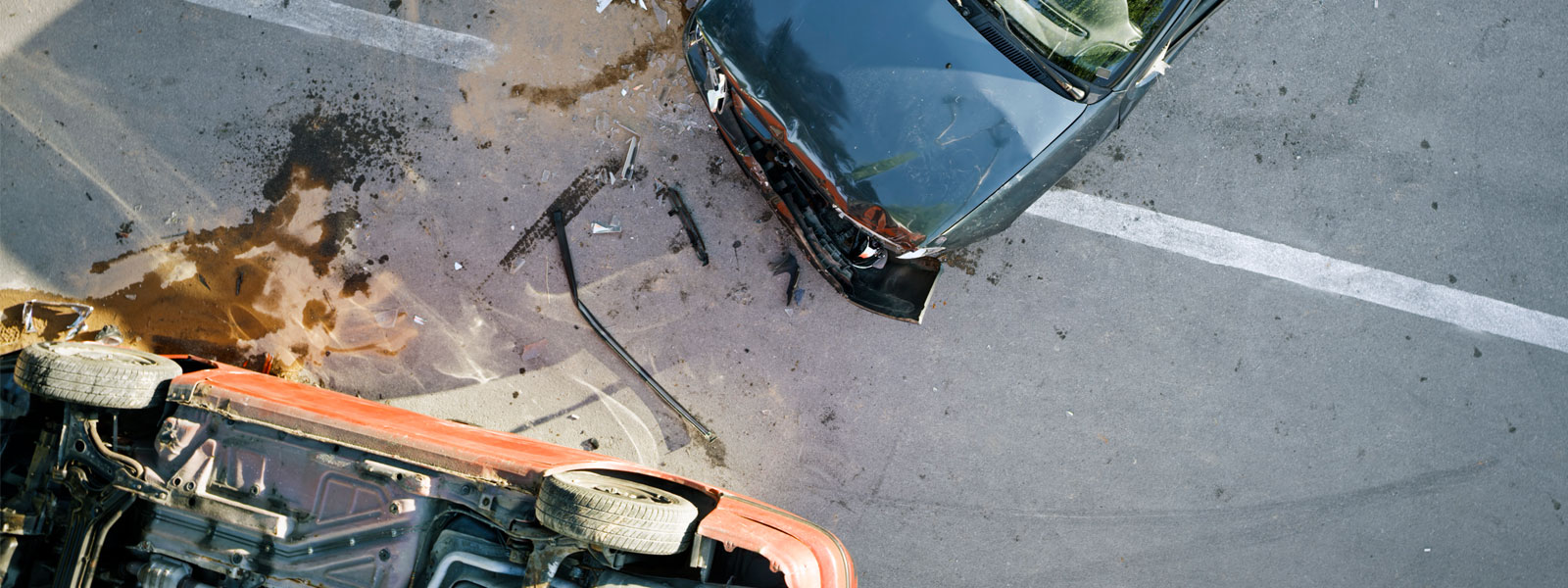Accident reconstruction is the use of scientific methodology to analyze an accident to identify its causation and consequences. This is a multi-stage process that entails an integration of different procedures as well as techniques to develop and establish the most reliable indication of the series of events, both before and after the occurrence of an accident. It is, therefore, essential that in cases of accident reconstruction and analysis, these techniques can be applied and explained by an expert to get precise information and a picture of a given incident. Among the prominent methods used are:
Methods Employed on Accident Investigation
Photogrammetry
Photogrammetry is the science of studying physical objects which may be still or in motion pictures and the environment around them. An accident reconstruction expert employs photogrammetry in order to come up with a realistic 3D model of the scene of the accident. This process involves capturing high-quality images from different viewpoints and using photo-to-3D conversion software to obtain metrics and replicas. The analysis of spatial distributions of the objects and their positions in the scene will allow us to consider the reconstruction of the accident as full or low profile as close to perfection as possible. This technique is beneficial for knowing the vehicles’ position, the roads’ condition, and many other points.
Computer Simulations
Computer simulations include recreating the event using software preprogrammed to chart the real-world physical and kinematical behavior of an accident. These kinds of simulations help an accident reconstruction expert recreate an accident and understand how factors that led to it affected the process.
Simulation software has unique features that enable changes in factors, including car velocity, the assessment point angle, and weather conditions. Such accident causes can be analyzed by officials or investigators who input data from the scene. By this, the simulation results indicate how the input variation affected the collision dynamics. It assists in creating a picture of the accident and the possibility of cause or factor that may have contributed to it.
Physical Evidence Analysis
Physical evidence in accident analysis refers to artifacts and traces that have easily identifiable physical characteristics and could have been at the scene of an accident either at the time of the accident or at the time the research was being conducted. This includes things left behind, like bits of the car and the other vehicle, skid marks left on the road, paint exchanged between the two cars involved in the accident, and other signs that can be observed at the accident scene.
An accident reconstructionist gathers and studies this evidence meticulously to determine forces, direction, and sequence of forces. For instance, the length and distribution of the skid elimination can provide information concerning the braking activities and the vehicle’s rate before the crash. This analysis is essential for checking hypotheses and verifying the results obtained through other reconstruction methods.
Final Thoughts
Every collision reconstruction process involves different methods to explain what occurred in the incident. Photogrammetry has a detailed, visual-spatial documentation of the accident scene; computer simulations supply the kinematics of the crash; and physical evidence yields crucial appraisal of forces and actions. All these approaches provide information that helps to build a picture of the accident, and the expert in accident reconstruction has the crucial job of synthesizing the data. In this way, the specialists can contribute opinions that help solve legal cases, insurance cases, and concerns about the increase in road safety.

